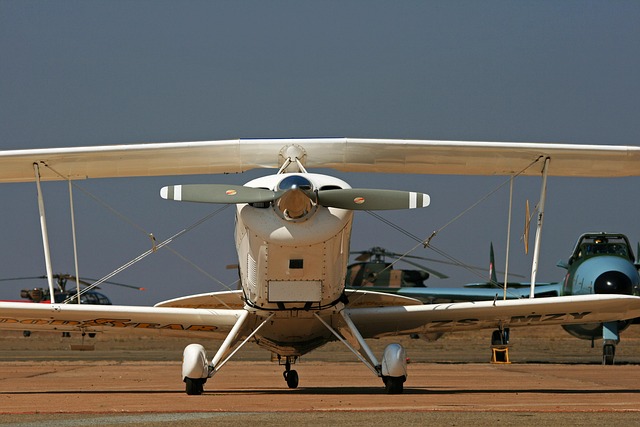MLB teams strategically choose spring training locations for their favorable climates and high real estate value. Proximity to airports and major cities enhances accessibility, while modern facilities like state-of-the-art ballparks and player accommodations ensure a high-quality experience. Real estate considerations balance land costs with infrastructure quality, maximize training budgets, and boost local economies. Teams prioritize real estate with ample space for practice, multiple fields, and housing, as well as warm climates and top medical facilities. Cutting-edge technology and sustainable design are transforming spring training facilities, suggesting a future where it becomes a dynamic, tech-integrated process for professional baseball development.
“Spring training, an integral part of Major League Baseball (MLB) preparation, has evolved over time, with real estate playing a pivotal role in shaping these annual camps. This article explores the strategic considerations behind MLB teams’ spring training home choices, delving into the key factors that influence locations. From lush landscapes to modern facilities, we analyze how real estate influences team performance and fan experiences. Additionally, we glimpse into the future, predicting trends and innovations set to revolutionize MLB’s spring training landscape.”
The Role of Real Estate in Spring Training Locations

Spring training locations for MLB teams are not just chosen for their sunny climates and picturesque landscapes, but also for their real estate value. The proximity to airports and major cities plays a significant role in accessibility for players and fans alike, ensuring that these destinations remain attractive year after year. Moreover, the availability of modern facilities, including state-of-the-art ballparks and player accommodations, is another crucial aspect driven by real estate considerations.
Real estate also influences the overall experience and economic viability of spring training. Teams seek out areas with a balance between affordable land costs and high-quality infrastructure, enabling them to maximize their training budgets while providing top-notch facilities for players. This strategic choice of locations not only enhances player performance but also contributes to the local economy through team presence and increased tourism during the off-season.
Key Factors MLB Teams Consider When Choosing a Spring Training Home

When MLB teams scout potential spring training homes, several key factors come into play. One of the primary considerations is real estate: ample space for practice facilities, multiple fields for team use, and housing options for players and staff. Accessibility is another crucial aspect; a location close to airports and major highways facilitates easier travel for players and coaches.
The local climate also plays a significant role in team decisions. MLB teams seek destinations with warm weather year-round, ensuring they can conduct training sessions without interruption due to severe weather conditions. Moreover, the presence of top-notch medical facilities and sports medicine experts is essential for player health and performance optimization during spring training.
Future Trends and Innovations in Major League Baseball's Spring Training Facilities

As MLB teams continue to adapt and innovate, future trends in spring training facilities will likely focus on enhancing player development and experience through cutting-edge technology and sustainable design. Real estate plays a crucial role in this evolution, with teams seeking optimal locations for state-of-the-art complexes that offer advanced analytics, immersive training tools, and modern amenities. These developments promise to elevate the game, ensuring players have access to top-tier resources year-round.
Innovations may include virtual reality simulations for skill development, improved medical and rehabilitation facilities, and energy-efficient designs that minimize environmental impact. Additionally, the integration of smart technology could revolutionize how teams manage their facilities, from automated systems for equipment maintenance to data-driven insights for performance analysis. Such advancements suggest a future where spring training is not just a pre-season ritual but a dynamic, tech-integrated experience shaping the course of professional baseball.






